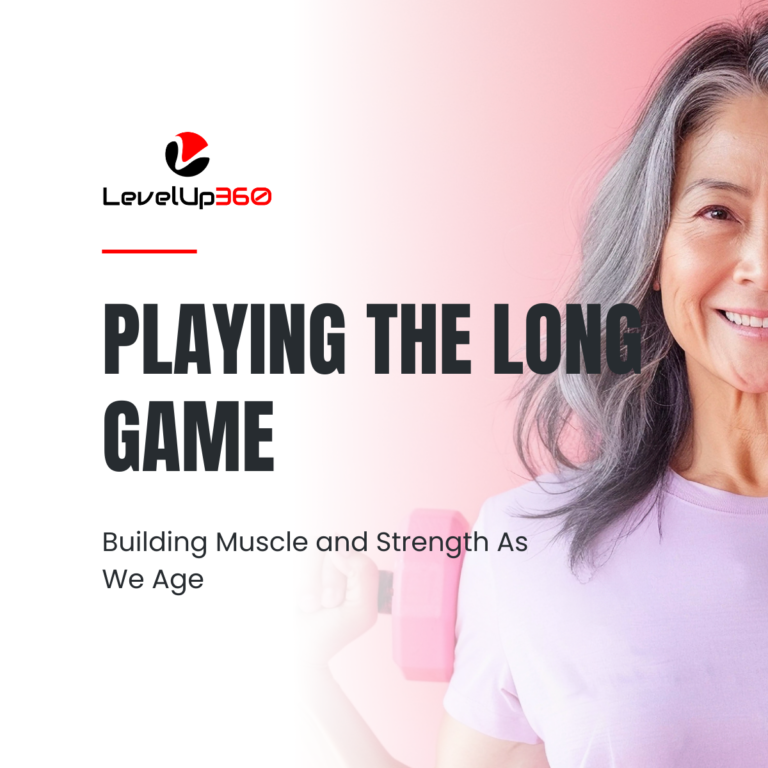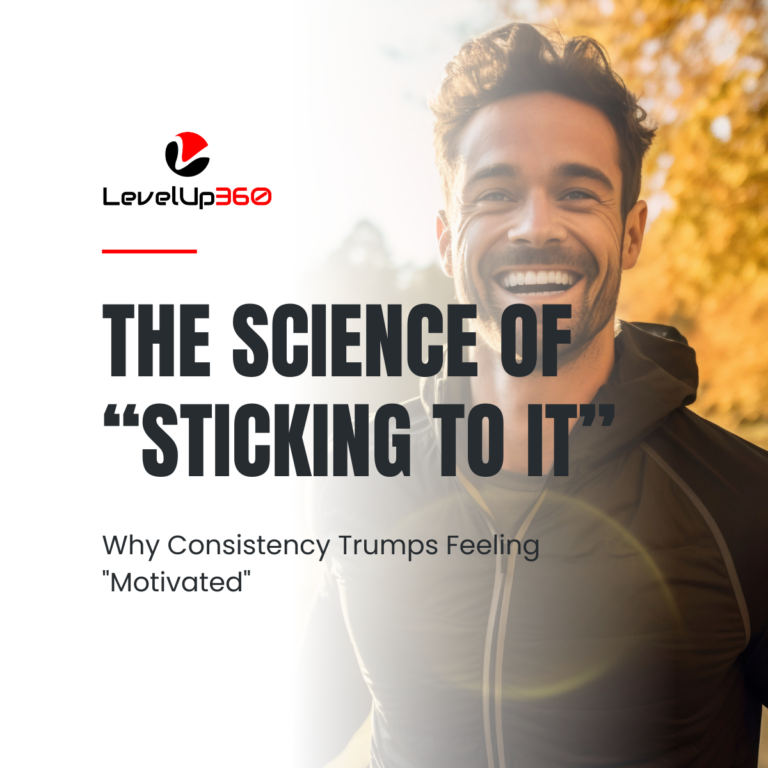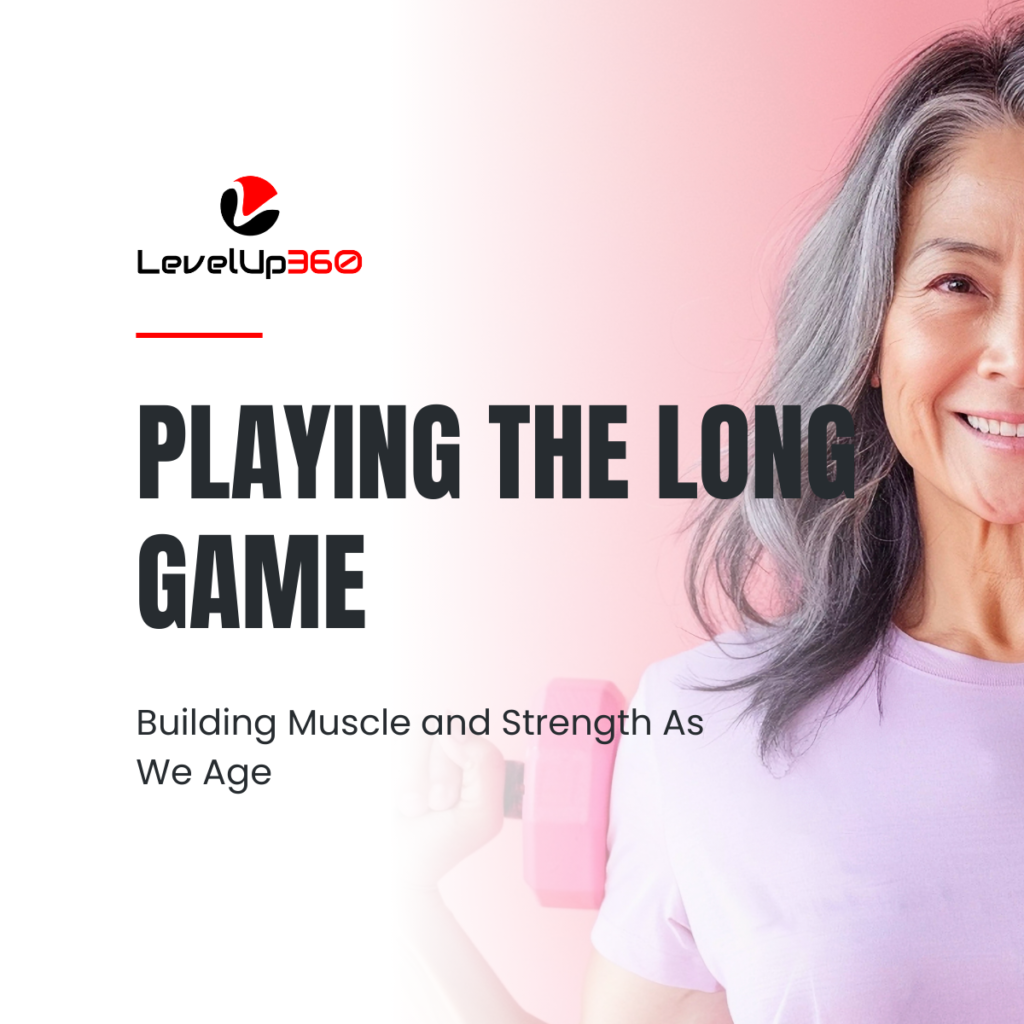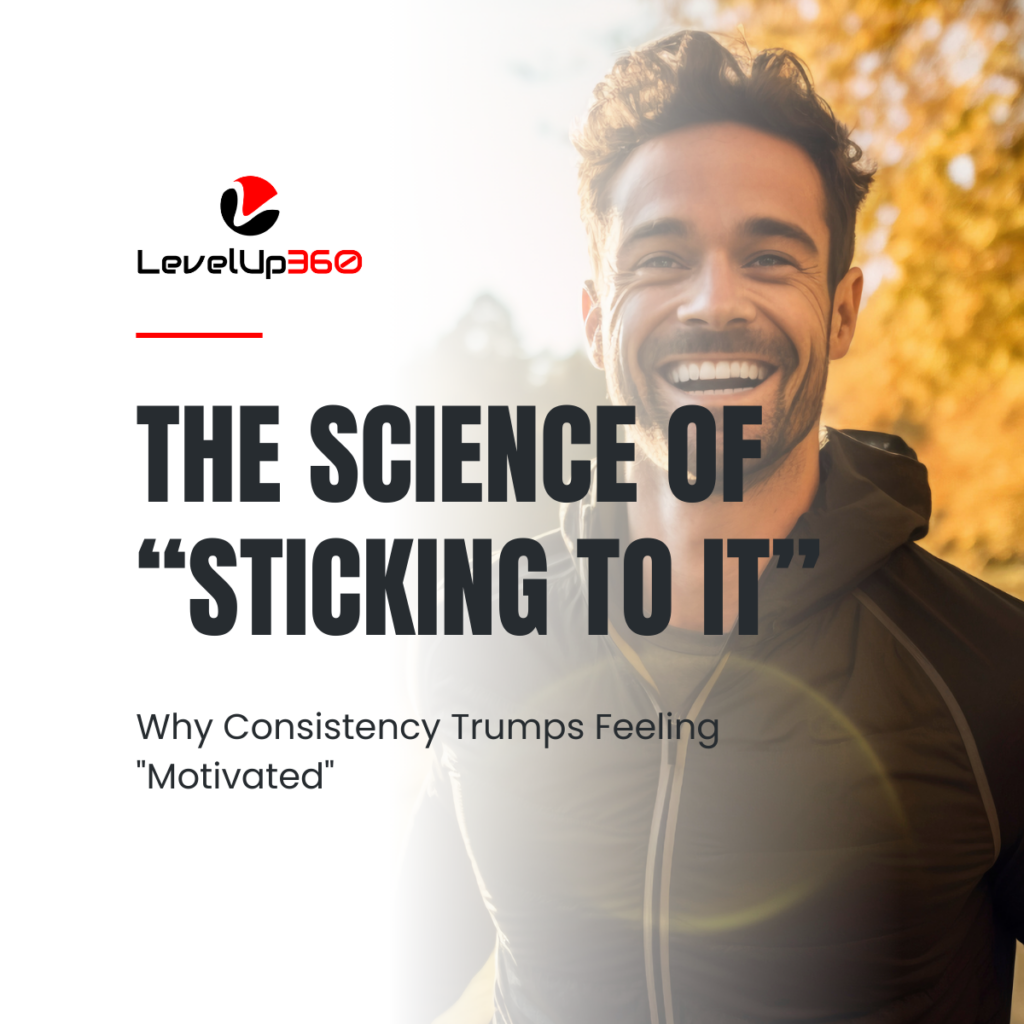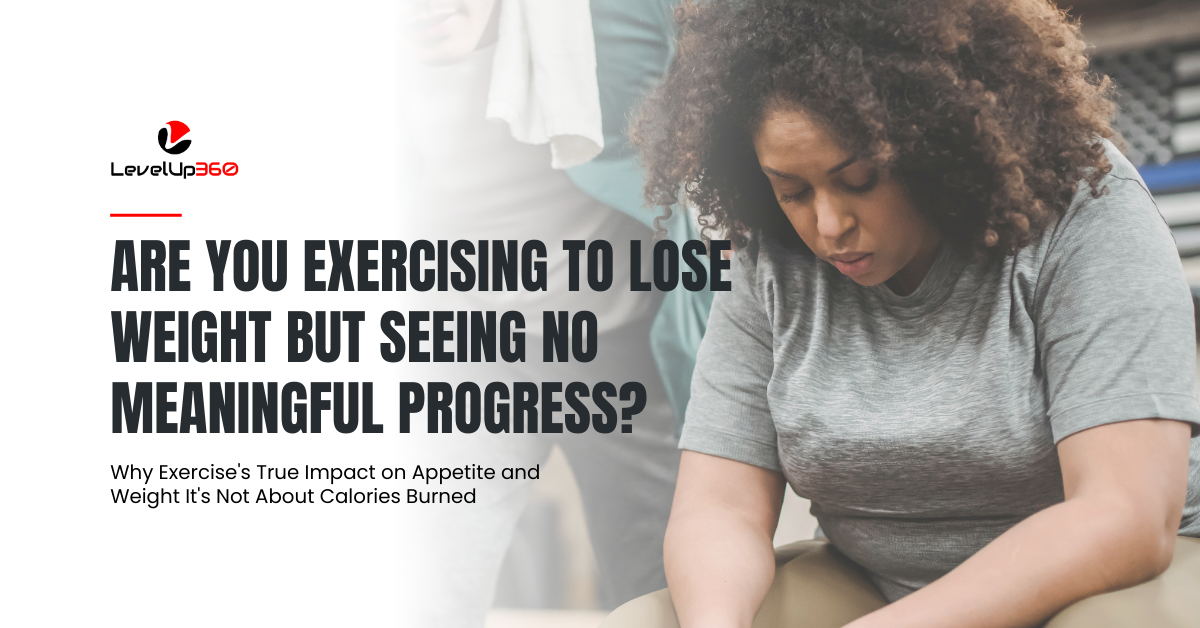
Are You Exercising To Lose Weight But Seeing No Meaningful Progress?
Why Exercise's True Impact on Appetite and Weight It's Not Just About Calories Burned
If you’ve ever started an exercise program to lose weight and found yourself discouraged by a lack of results, you’re not alone. For many people trying to slim down, ramping up workout routines seems like an obvious path to shedding pounds. But the frustrating reality is that exercise often falls short as a weight loss tool when used in isolation.
I have seen this time and time again among many determined to lean out. They start running several miles a day and tracking their calories obsessively. Yet after a few months of exhausting daily workouts and militant diet tracking, they had barely lost 4 or 5 pounds. What gives?
The problem, as an accumulating body of research reveals, is that we often view exercise too simplistically – as just a direct way to burn more calories and create an energy deficit. But the true impact of physical activity on weight loss and body fat reduction goes much deeper than that. Let’s explore what the science tells us and how you can use this knowledge to finally achieve the lasting results you seek.
Think long-term and focus on the bigger picture. Physical activity powerfully complements conscious dietary and control efforts by improving appetite regulation.
Why Exercise Alone Falls Short for Weight Loss
When researchers investigate exercise as a weight loss tool, they often calculate exactly how many calories are burned during the prescribed workouts. Then they estimate how much weight loss should occur over the course of a study lasting weeks or months based on this calorie burn. Yet study after study shows that participants lose significantly less weight than would be expected based on the estimated calories expended through exercise alone.
On the surface, this makes little sense. The law of energy balance tells us that when the calories burned through activity exceed the calories consumed from food on a daily basis, we lose weight. So what’s going on here?
It turns out our bodies have some sly ways of automatically compensating when we force a sudden increase in calorie burn through exercise training. Research shows that both appetite and metabolism change in response to ramping up activity levels, undermining the predicted weight loss. But before you start feeling discouraged, know that exercise still offers invaluable health and body composition benefits, as well as aiding long-term weight management when combined with dietary strategies. The key is to truly understand how physical activity impacts appetite, eating behaviours, and metabolic factors involved in body weight regulation.
Exercise's Hidden Impact on Appetite and Eating
When relatively sedentary individuals begin ambitious new workout programs to lose weight, they often report feeling ravenously hungry. Yet some very active athletes claim that intense training actually leaves them with little appetite at all. So who is right here? Well, according to science, both of these experiences are valid – exercise affects different people’s hunger cues in varying ways depending on the context. Here’s what the research says:
Rather than universally increasing or decreasing hunger and food intake, exercise helps re-couple appetite to more closely match actual energy needs and expenditure. In essence, exercise puts our physiological signals related to biological energy balance and fuel requirements back in the driver’s seat when it comes to influencing hunger cues. It helps override some of the non-homeostatic factors like environmental food availability, emotions, stress, or hedonic food temptations that can dysregulate appetite and eating behaviours.
When we are very inactive and sedentary, this regulation process becomes dysfunctional. Constantly low activity levels and energy expenditure lead to weakened satiety signals in response to food intake. This creates a tendency towards overeating, resulting in gradual weight gain over time even in the absence of extreme overindulgence. Hence the reason some previously sedentary folks who suddenly ramp up their exercise program feel so ravenously hungry – their body is sensing this newfound energy deficit created by increased calorie burn, so hunger signals get dialled up.
On the other hand, for very active individuals who are burning a ton of calories on a daily basis, hunger levels already track more closely with higher energy needs. For these folks, increasing exercise even further drives an increase in food intake to match the additional expenditure – their appetite bumps up proportionally to match the extra calories burned rather than plummeting to levels that would under fuel their activity.
This science indicates that regular exercise helps bring hunger cues back into sync with our actual energy needs and expenditure. We effectively recouple our biological feeding behaviours and portion control habits to match physiological requirements. This phenomenon can improve long-term weight regulation, even if the acute calories burned during individual workouts don’t directly translate into rapid results on the scale through suppressed appetite.
The Constrained Energy Expenditure Model

If optimizing our appetite regulation helps maintain a stable body weight, could pushing exercise volume extremely high promote accelerated or exaggerated levels of fat loss? Probably not, according to emerging research on metabolic adaptations to high activity levels.
The traditional model held that energy expenditure would increase linearly in proportion with any increase in exercise volume. But newer studies suggest constraining factors are at play. Research on certain hunter-gatherer societies with very high physical activity levels has shown that they do not expend as many daily calories as we would expect. At a certain point, the metabolism seems to put the brakes on and limit how many additional calories are burned from increases in training time.
In other words, up to a certain threshold, you can directly increase your daily calorie burn by exercising more frequently and for longer durations. But past that threshold of very high activity, you simply cannot force the body to continue burning dramatically more total calories day-to-day no matter how much exercise you add. Other components of the metabolism downregulate to compensate for the extra workout calories.
This indicates that for some individuals, there are likely diminishing returns for additional cardio exercise or extremely high training volumes when it comes to accelerating fat loss, even if appetite regulation is well controlled. Once physical activity rises to a very large percentage of your daily routine, you’ve maxed out the ability to further upregulate total calorie burn.
A Balanced Approach: Combining Exercise and Caloric Restriction
Does this emerging theory of constrained energy expenditure mean that increasing exercise is futile for weight loss? Not at all. It simply helps explain why a balanced joint approach works best for most people.
Deliberate caloric restriction is ultimately required to decisively reduce energy intake below total daily expenditure to a degree that drives fat loss. However, for many individuals, sustaining the level of calorie deficit needed for substantial fat reduction is extremely difficult without the hunger-regulating benefits of increased physical activity.
By helping recouple hunger signals to energy needs and expenditure, exercise makes it more feasible to comply with a calorie deficit in a lasting way. Yet for most people, the dietary aspect is still required to tilt the energy balance equation decisively towards net negative energy balance and weight loss.
This synergistic pairing – not just increasing exercise alone to extremes – seems to offer the most promising route to substantial and sustainable shedding of excess body fat. In addition, building your general fitness through activity provides health and functional body composition benefits that go well beyond just driving the number on the scale downward.
Optimizing Your Personal Plan for Success

If you ever feel frustrated or demotivated when ramping up your exercise program fails to elicit the degree of weight loss you expected, remember to think long-term and focus on the bigger picture. Physical activity powerfully complements conscious dietary restriction and control efforts by improving appetite regulation. This can help fundamentally alter energy balance equations when combined with well-managed calorie intake.
Rather than just burning more calories during exercise sessions, physical activity puts you back in touch with your body’s innate signals. It helps ensure hunger cues and portion habits align constructively with your actual energy needs. This helps regulate intake day-to-day rather than relying solely on conscious calorie counting or overly rigid restriction approaches.
But the dietary aspect still sets the stage for overall negative energy balance once your appetite normalizes. The combination of smart nutrition and regular, enjoyable activity truly offers the most effective path to reaching and maintaining your body weight goals.
If your target is lasting weight loss, focus on gradually building activity levels through lifestyle choices that you can sustain indefinitely, not just gutting out gruelling short-term workout programs that you hate. Be patient with yourself – the number on the scale will start to trend down over time as your body seamlessly self-regulates food intake to match your new energy demands.
The benefits of exercise for weight management go far beyond the calories burned during training sessions. How will you apply this knowledge to improve your own nutrition and exercise regimen for more successful, sustainable progress?
Recommended reading
Recommended reading
Additional Resources
Feeling in control of your health
If you are interested in improving your health and wellness, check out other resources such as Our Blog, Free Resources and/or join our private Body-Mind Transformation Secrets Community on Facebook, and The 360 Transformation Blueprint Podcast on Spotify and go on an even deeper dive with me to uncover how to succeed in your health and wellness goals.
You may also be interested in our Sleep Secrets Cheat Sheet. It is a great resource with strategies to fix and optimize your sleep which is crucial to succeeding in your health and wellness goals.
Resources
References
- Beaulieu, K., et al., Homeostatic and non-homeostatic appetite control along the spectrum of physical activity levels: An updated perspective. Physiology & Behavior, 2017.
- Mayer, J., P. Roy, and K.P. Mitra, Relation between caloric intake, body weight, and physical work: studies in an industrial male population in West Bengal. American Journal of Clinical Nutrition, 1956. 4: p. 169-175.
- Stensel, D., Exercise, appetite and appetite-regulating hormones: implications for food intake and weight control. Ann Nutr Metab, 2010. 57 Suppl 2: p. 36-42.
- Shook, R.P., et al., Low levels of physical activity are associated with dysregulation of energy intake and fat mass gain over 1 year. The American Journal of Clinical Nutrition, 2015. 102(6): p. 1332-1338.
- Flint, A., et al., Associations between postprandial insulin and blood glucose responses, appetite sensations and energy intake in normal weight and overweight individuals: a meta-analysis of test meal studies. Br J Nutr, 2007. 98(1): p. 17-25.
- Morton, G.J., et al., Central nervous system control of food intake and body weight. Nature, 2006. 443(7109): p. 289-95.
- Malhotra, A., T. Noakes, and S. Phinney, It is time to bust the myth of physical inactivity and obesity: you cannot outrun a bad diet. British Journal of Sports Medicine, 2015. 49(15): p. 967-968.
- Whybrow, S., et al., The effect of an incremental increase in exercise on appetite, eating behaviour and energy balance in lean men and women feeding ad libitum. British Journal of Nutrition, 2008. 100(5): p. 1109-1115.
- Pontzer, H., et al., Constrained Total Energy Expenditure and Metabolic Adaptation to Physical Activity in Adult Humans. Current biology : CB, 2016. 26(3): p. 410-417.
- Tobin SY, Cornier M-A, White MH, Hild AK, Simonsen SE, Melanson EL, et al. The effects of acute exercise on appetite and energy intake in men and women. Physiol Behav. 2021 Nov 1;241:113562.
- Halliday TM, White MH, Hild AK, Conroy MB, Melanson EL, Cornier M-A. Appetite and Energy Intake Regulation in Response to Acute Exercise. Med Sci Sports Exerc. 2021 Oct 1;53(10):2173–81.
- Beaulieu K, Hopkins M, Blundell J, Finlayson G. Homeostatic and non-homeostatic appetite control along the spectrum of physical activity levels: An updated perspective. Physiol Behav. 2018 Aug 1;192:23–9.
- King JA, Deighton K, Broom DR, Wasse LK, Douglas JA, Burns SF, et al. Individual Variation in Hunger, Energy Intake, and Ghrelin Responses to Acute Exercise. Med Sci Sports Exerc. 2017 Jun;49(6):1219–28.
- Dorling J, Broom DR, Burns SF, Clayton DJ, Deighton K, James LJ, et al. Acute and Chronic Effects of Exercise on Appetite, Energy Intake, and Appetite-Related Hormones: The Modulating Effect of Adiposity, Sex, and Habitual Physical Activity. Nutrients. 2018 Aug 22;10(9):1140.
- Martin CK, Johnson WD, Myers CA, Apolzan JW, Earnest CP, Thomas DM, et al. Effect of different doses of supervised exercise on food intake, metabolism, and non-exercise physical activity: The E-MECHANIC randomized controlled trial. Am J Clin Nutr. 2019 Sep;110(3):583.
Pictures

